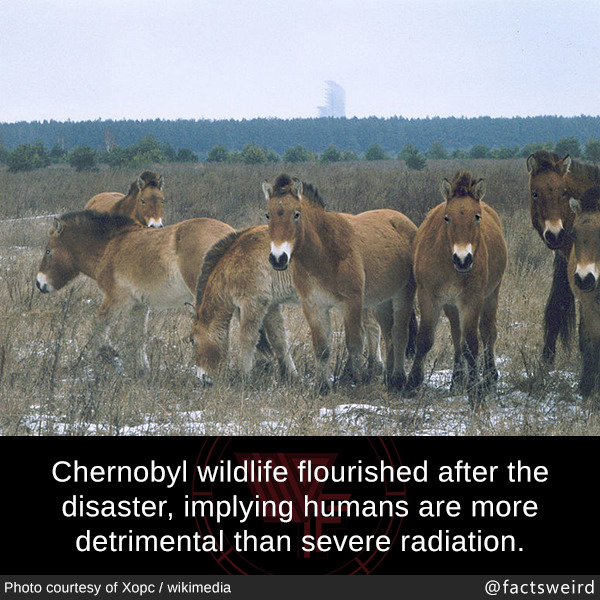

Radiation-related genomic profile of papillary thyroid cancer after the Chernobyl accident. Yeager M, Machiela MJ, Kothiyal P, Dean M, Bodelon C, Suman S, Wang M, Mirabello L, Nelson CW, Zhou W, Palmer C, Ballew B, Colli LM, Freedman ND, Dagnall C, Hutchinson A, Vij V, Maruvka Y, Hatch M, Illienko I, Belayev Y, Nakamura N, Chumak V, Bakhanova E, Belyi D, Kryuchkov V, Golovanov I, Gudzenko N, Cahoon EK, Albert P, Drozdovitch V, Little MP, Mabuchi K, Stewart C, Getz G, Bazyka D, Berrington de Gonzalez A, Chanock SJ. References: Lack of transgenerational effects of ionizing radiation exposure from the Chernobyl accident. Get the Facts about Exposure to I-131 Radiation.Accidents at Nuclear Power Plants and Cancer Risk.Drugs Block Deadly Harm from Radiation Exposure.“These scientists recognized that there would be substantial advances in technology in the future,” Morton says, “and the research community is now benefiting from their foresight.” They also illustrate the value of the biospecimens that were collected by researchers in Ukraine after the accident. These results provide a foundation for further studies of the associations between radiation dose, age, and cancer risk.
#Chernobyl aftermath wildlife driver#
At higher radiation doses, driver mutations were more likely to result from a particular type of error that’s introduced when DNA double-strand breaks are repaired. Most of these were in genes previously associated with thyroid cancer. This suggests that the radiation-related damage occurred early in the tumor’s development.įor nearly all the tumors, the researchers were able to identify specific mutations in “driver” genes that enabled the tumors to grow and survive. Most commonly, these mutations were found in all the cells in the tumor. The researchers found that tumors in those exposed to higher radiation doses, particularly at younger ages, had more mutations arising from DNA double-strand breaks-when both DNA strands are broken. Thyroid cancers from 81 unexposed people born more than nine months after the accident were used for comparison. Lindsay Morton, the researchers sequenced the genomes of thyroid cancers from 359 people who were exposed to ionizing radiation from the accident either as children or in the womb. In the second study, led by Chanock and Dr. Mutations can form when the body attempts to repair these bonds. 131I gives off radiation that breaks the chemical bonds in DNA. “The radiation doses in Japan are known to have been lower than those recorded at Chernobyl.”Įxposure to radioactive iodine ( 131I) from the Chernobyl accident caused an increased risk of thyroid cancer. “We view these results as very reassuring for people who were living in Fukushima at the time of the accident in 2011,” Chanock notes. This suggests that people exposed to radiation from the Chernobyl accident didn’t pass on any adverse effects to their children. The number of DNMs found in the children was similar to that in the general population. Such “de novo” mutations (DNMs) will appear in children’s genomes but not in either parent’s. The team looked for random, spontaneous mutations that occurred in the parents’ sperm and eggs. The scientists estimated each parent’s radiation exposure based on parents’ reports of their activity and knowledge of environmental radiation around the power plant. The children were all born at least 46 weeks after the accident and up to the year 2002. The parents had either worked on cleaning up after the accident or were evacuated from the nearby town. The researchers sequenced the genomes of 130 children and their parents. Stephen Chanock and Meredith Yeager, examined whether radiation exposure causes genetic damage that can be passed to offspring. Results were published on April 22, 2021, in Science. The studies were led by researchers at NIH’s National Cancer Institute (NCI). Two studies examining the genetic changes in those in the area at the time of the accident and their children provide new insights into the health effects of radiation exposure. Such radiation is known to cause changes, or mutations, in DNA. In April 1986, an accidental reactor explosion at the Chernobyl nuclear power plant in present-day Ukraine exposed millions of people in the surrounding area to radioactive contaminants.

Researchers used DNA sequencing technology to explore the effects of radiation from the Chernobyl nuclear disaster.


 0 kommentar(er)
0 kommentar(er)
